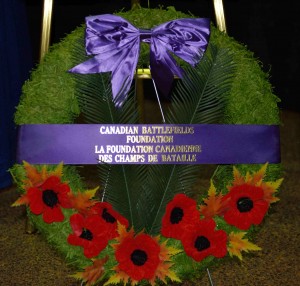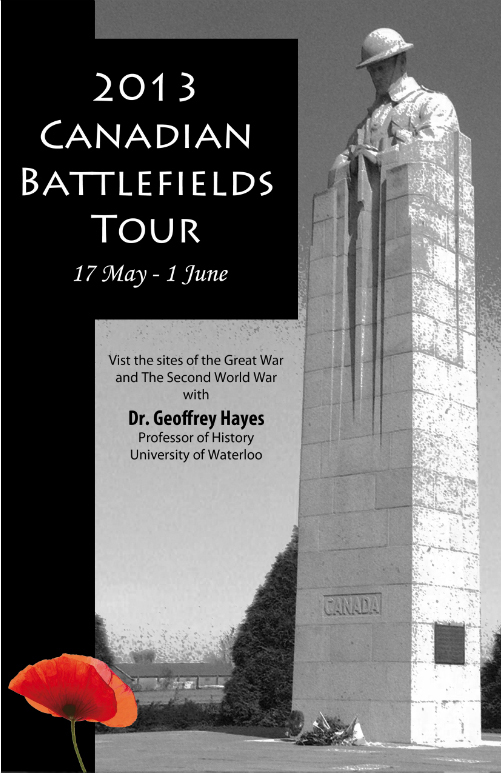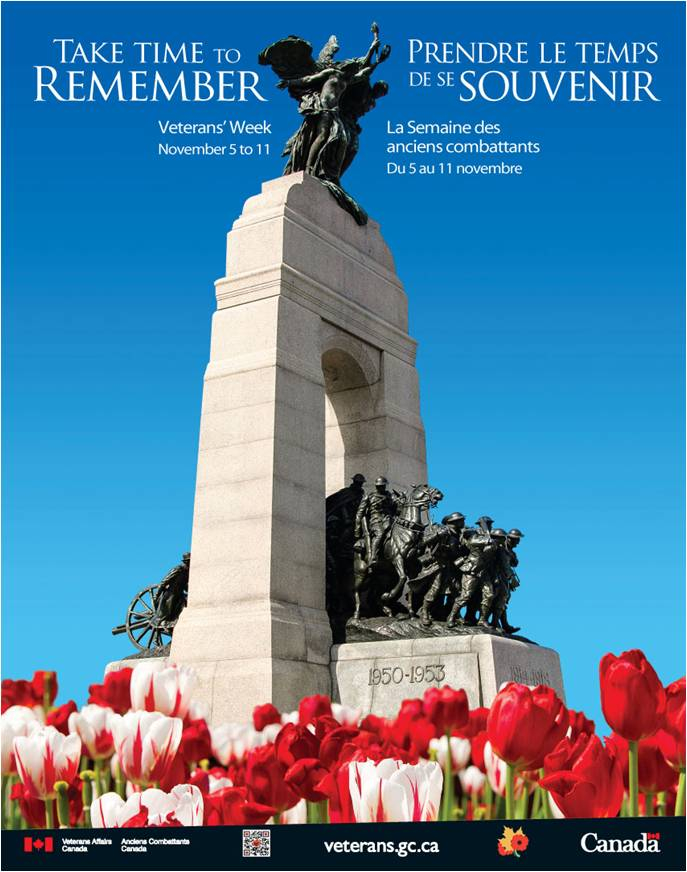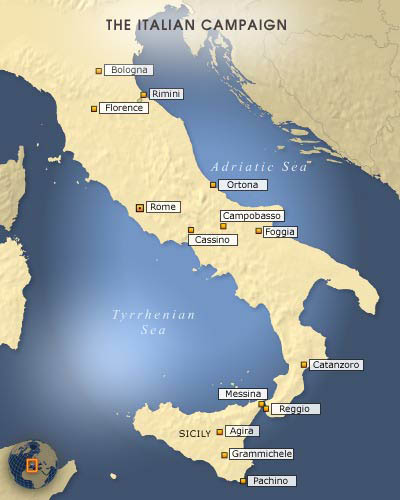Chaque année, le 10 Novembre, un groupe de vétérans de la guerre de Corée se rencontre à l’hôtel de ville d’Ottawa afin de se synchroniser avec une cérémonie du Souvenir qui se passe à Busan. La ville d’Ottawa qui organise cette cérémonie à invitée la FCCB à venir déposer une gerbe lors de la cérémonie.
Voici un article soulignant la cérémonie publié dans le journal « Ottawa Sun » : « Korean vets gather tonight at City Hall »






